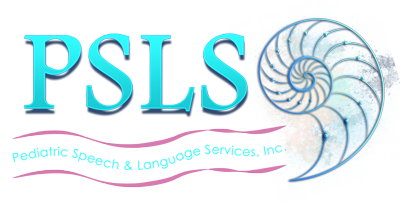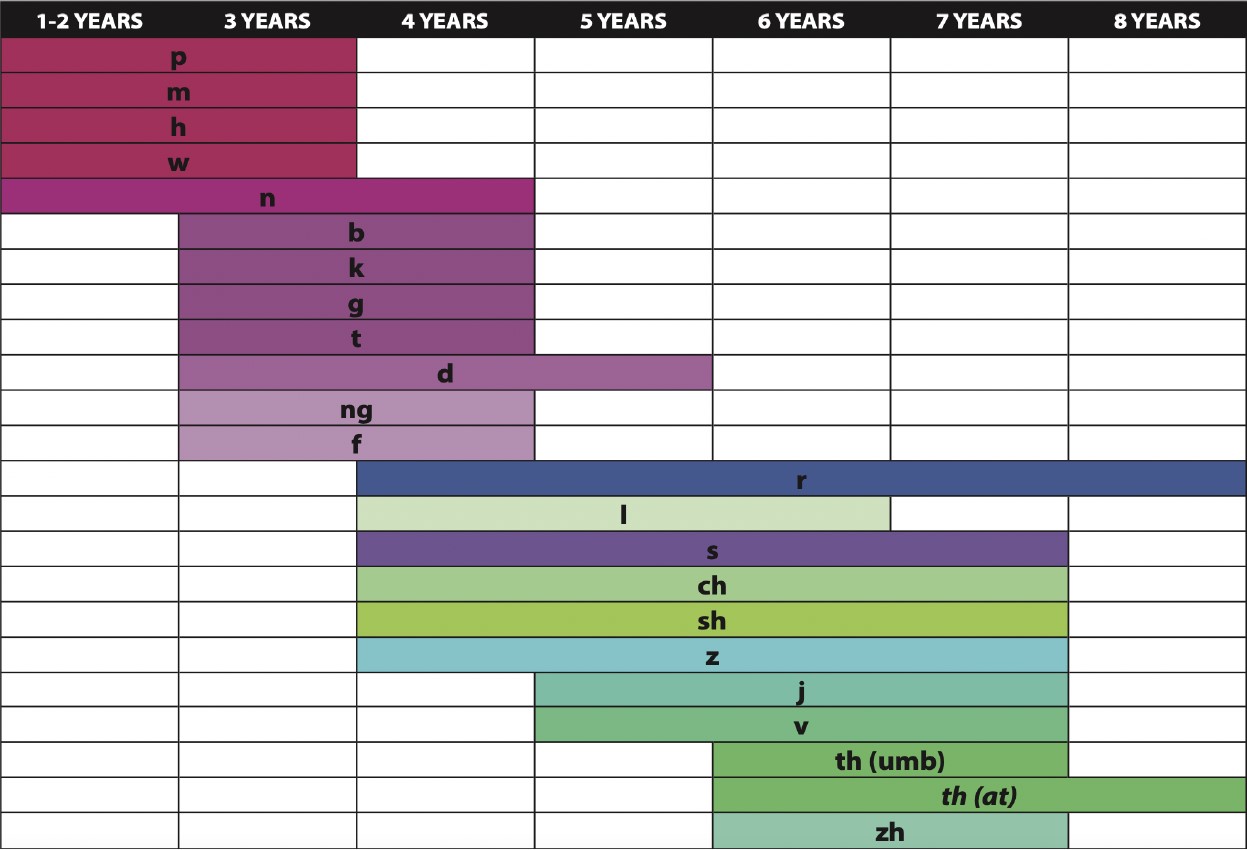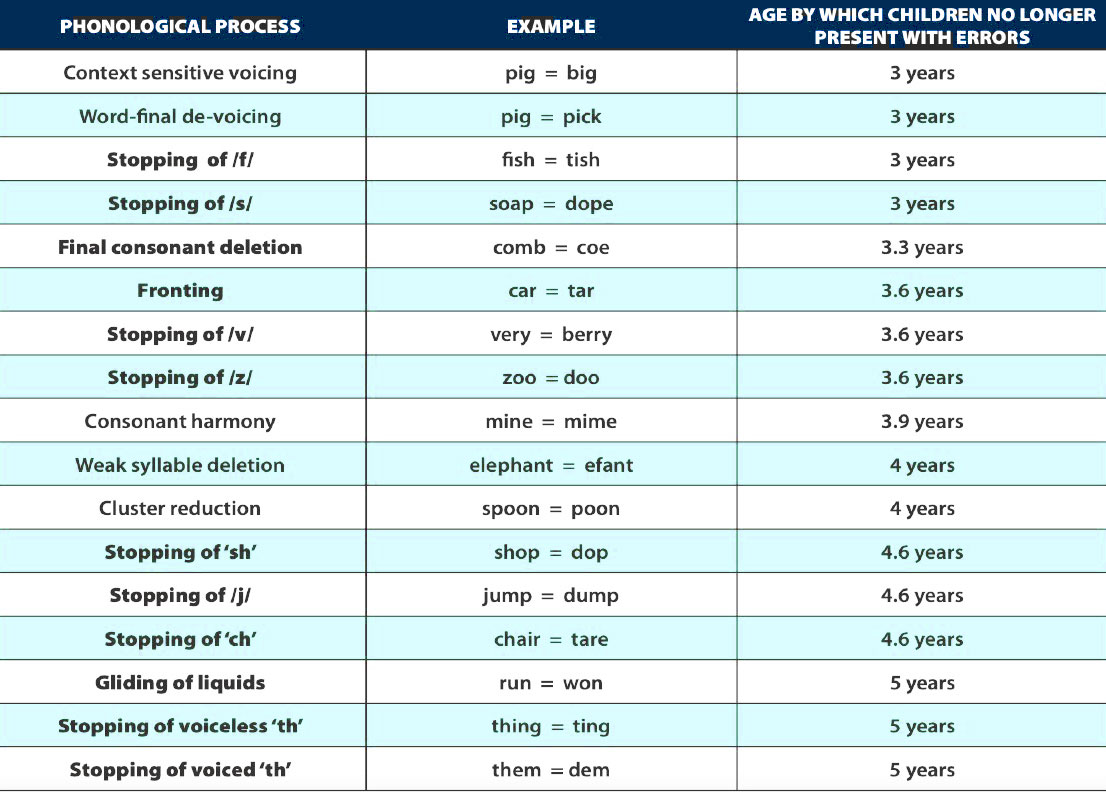References
American Speech-Language-Hearing Association. (n.d.). Speech sound disorders. American Speech-Language-Hearing Association. Retrieved March 23, 2022, from https://www.asha.org/public/speech/disorders/speech-sound-disorders/
Phonological Graphic: Bowen, C., & Cassidy, C. (2015). Developmental Phonological Processes. IT’S ALMOST NEVER APRAXIA: Understanding Appropriate Diagnoses of Speech in Early Intervention. Talks on Tuesdays Webinar. Retrieved March 22, 2022, from https://www.veipd.org/main/pdf/webinars/mar_2015_tot_handout2.pdf.
Expressable. (n.d.). Speech Sound Disorders. Expressable Online Speech Therapy | Speech Sound Disorders. Retrieved March 22, 2022, from https://www.expressable.io/services/speech-sound-disorders/#what-is-a-speech-sound-disorder
Articulation Graphic: Sander (1978)., & Cassidy, C. (2015). When are Speech Sounds Learned. IT’S ALMOST NEVER APRAXIA: Understanding Appropriate Diagnoses of Speech in Early Intervention. Talks on Tuesdays Webinar. Retrieved March 22, 2022, from https://www.veipd.org/main/pdf/webinars/mar_2015_tot_handout2.pdf.
Snyders, N. (2015). Speech-Language Therapy Explanation Handouts for Parents and Teachers. SLPNatalieSnyders. Retrieved March 23, 2022, from https://www.baldwinschools.org/cms/lib/NY01913517/Centricity/Domain/863/SpeechLanguageTherapyExplanationHandoutsforParentsTeachers.pdf


